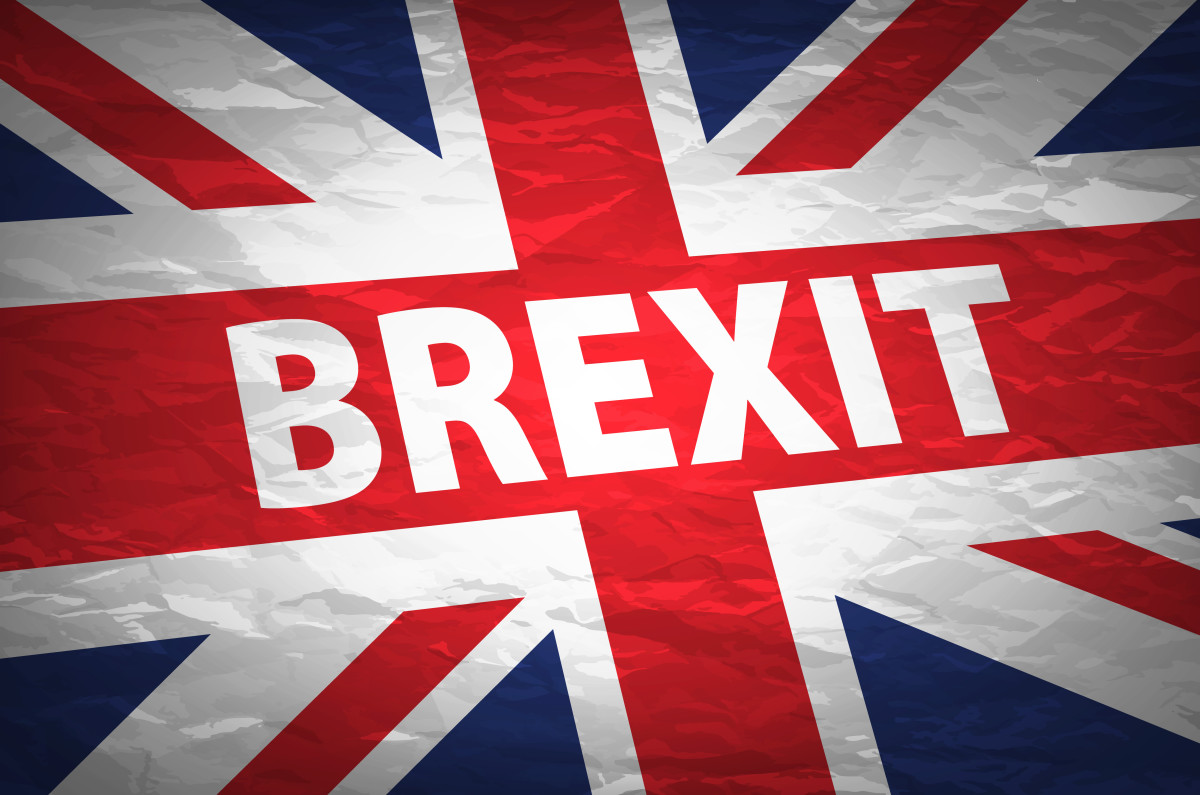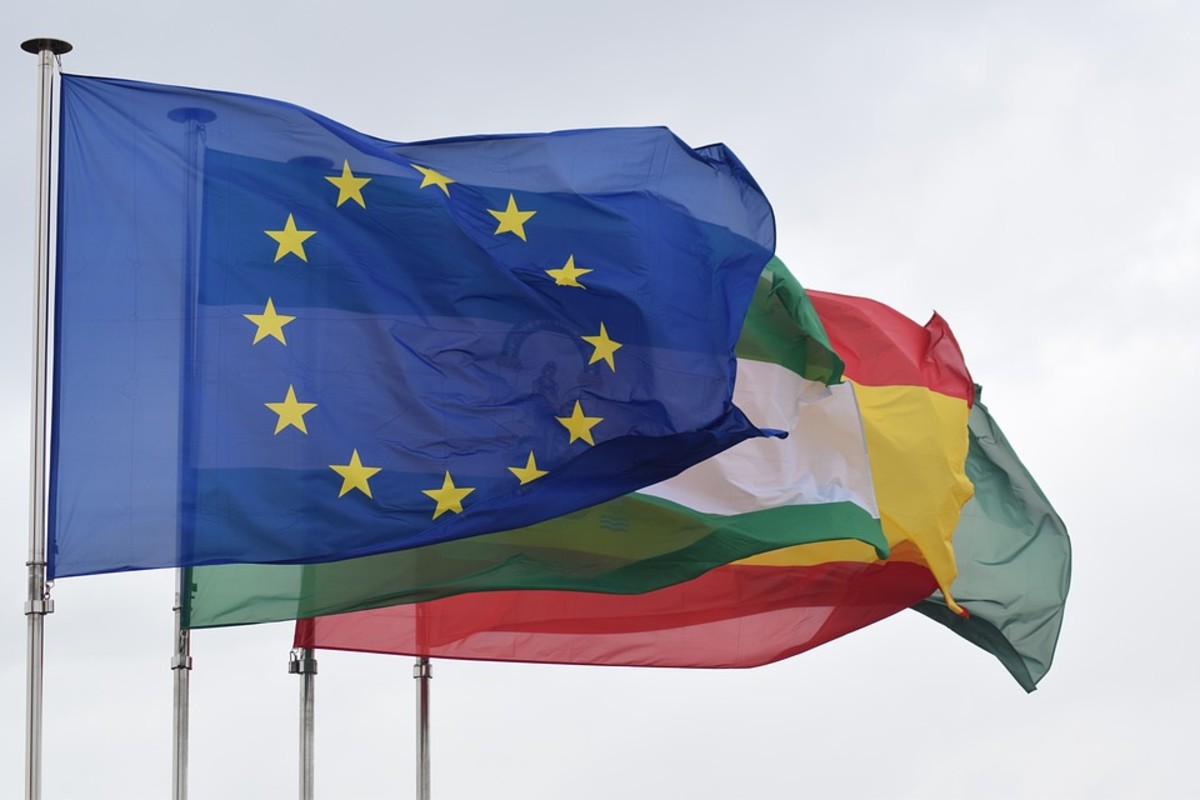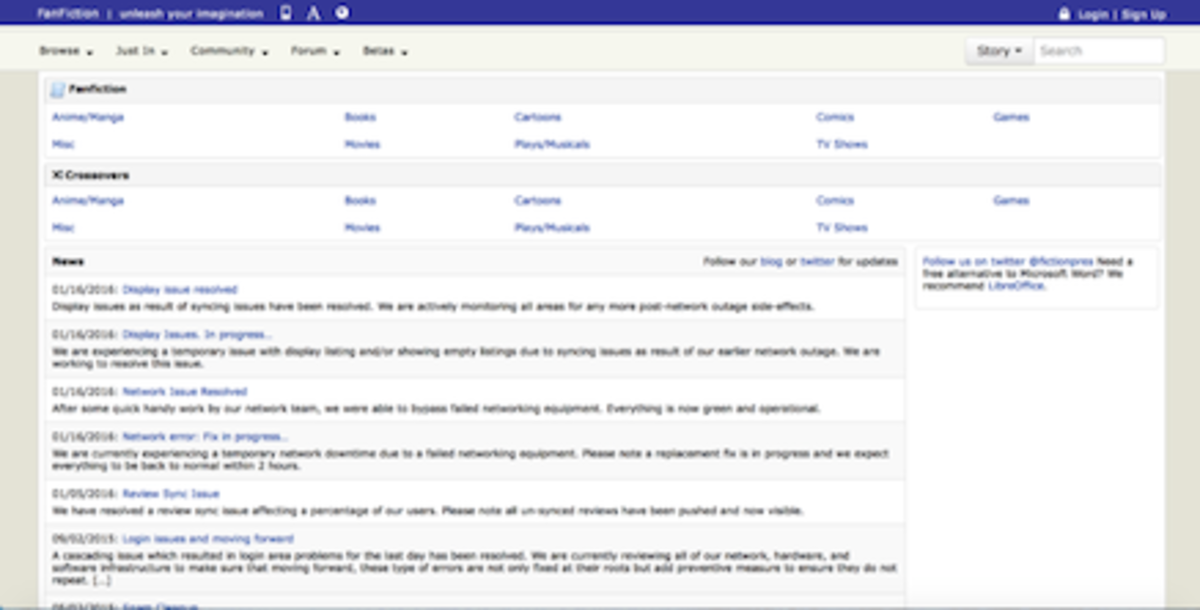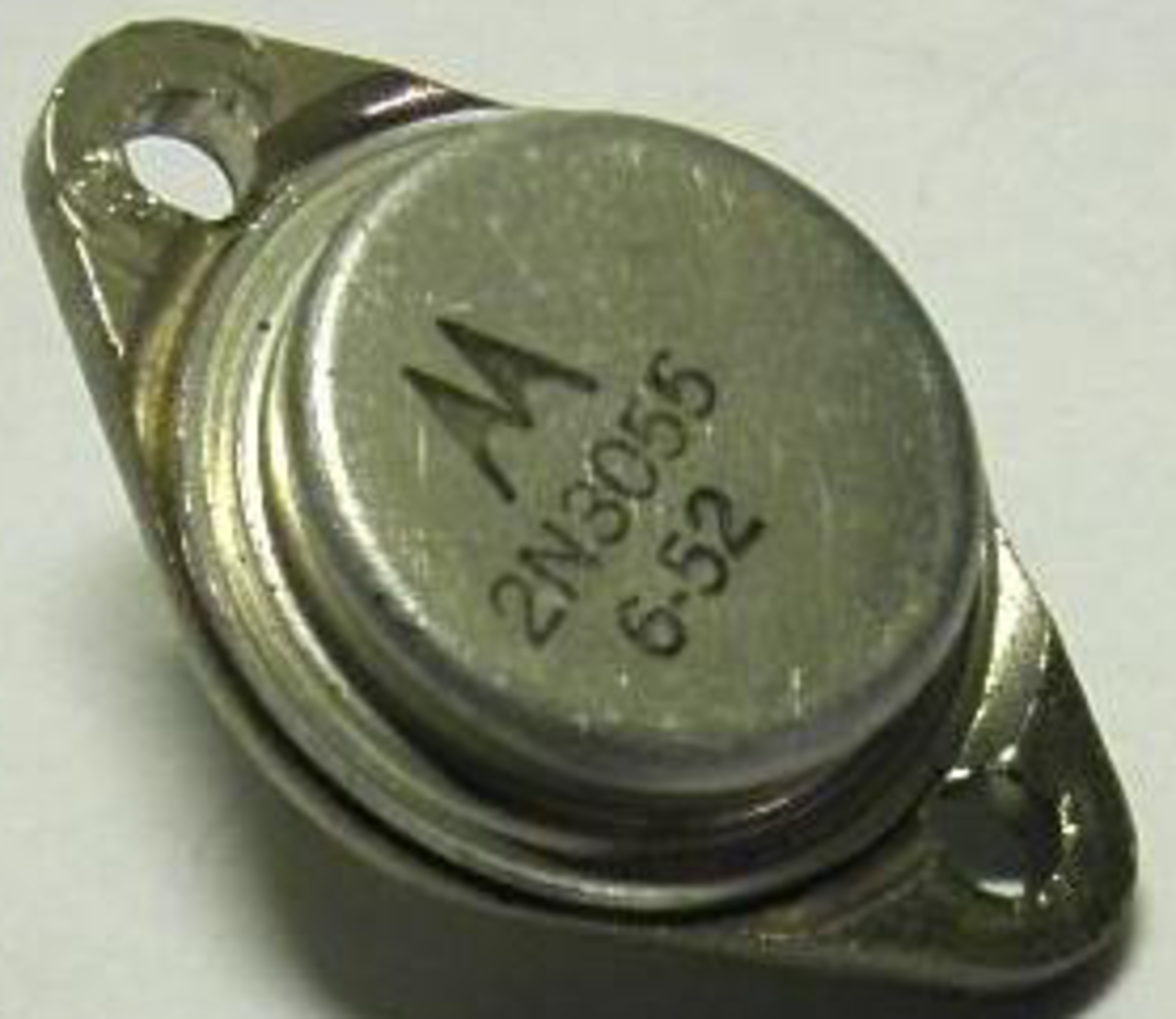Revisiting the origin of Patent Development in Europe
Introduction
In 2013, the EU (European Union), formally signed an agreement establishing a single European patent. Some of the advantages that small to medium size enterprises stand to gain by this action are, simplification of procedure, adoption of the unified patent court and reduction of operation by nearly 80%. However, critics say that the single patent laws undermine the traditional rules and principles of trademark through reinterpretation in favor of the trademark owner which in turn causes unfair competition among competitors. Moreover, there is concern on issues like the emergence of new forms of unwanted behavior. The main goal of the unitary patent system is to foster the EU’s economic prosperity. According to Baecker (2007)[1], Intellectual property, which is an important part of patents, has become an essential element of successful companies. On their part, Langinier & Giancarlo, 2002)[2] argues that, intellectual property rights have a close tie to the innovation that promotes competitiveness in companies today.
The current European Patent System has many challenges: among these is the fragmentation that exists as a result of pulling together 27 different European nations. The divergence has a negative impact on business environment leading to Economics and legal inconsistencies; a high cost of lawsuits for multiple or sometimes parallel litigation; and, increased levels of uncertainty and complexity management. According to Danguy & Pottelsberghe,(2009)[3], the new unitary patent will reduce financial expenditure and increase the efficiency and appeal of the system through centralization. A unified patent system comes with many benefits that include, the ability to achieve unitary patent protection is faster and easier, mainly due to the reduced costs and the procedure of obtaining it is simplified. However Hitly & Drexel (2012)[4] acknowledges the fact that this new system would its own downside. Such as intellectual property protection will be more complicated, a legal imbalance will increase and the number of new patents would increase in signatory countries. As a result, bad business behaviors such as patent trolls and forum shopping. The purpose of this paper is to highlight some of the benefits and weaknesses of a single European patent.
Litigating IP Rights via Classical Patents
IPR refer to regional or national European Union rights whereby: its infringement is a matter of regional or national laws. In typical sense, IPR are applied by the jurisdiction court whereby the IPR has effects. Patents have been considered to be the basis of the innovation policy of United States. Its purpose is to prevent other people from copying their hard work and motivate individuals and firms to commercialize their innovations. In addition, the law is focused at prompting the transfer of technology, unveiling the cutting edge insights for those who have expertise and skill and honoring the rights to property as per the US constitution[5].
The EU Unitary Patent
Evropska Komisija (2014)[6], explains that the European Patent system as it is today is a representation of a set of different national patents, which in itself is very expensive than most systems around the globe. For instance, it is eleven times more expensive as compared to the United States and 13 times more expensive as compared to the Japanese system. Yet this is only in consideration of the costs of gaining a patent and translation costs. As a result, the European Union lags behind the two nations in regards to patent activities. It is for this reason that necessary measures had to be put in place to come up with a unified system that would be more attractive compared to the current one. According to (Evropska Komisija, 2007)5, in the current market competitive market environment, the European Union can afford to lag behind major market players like the United States, China, and Japan. Innovative patent policies are one of the important steps that the EU would take to ensure that this does not happen.
According to Langiniers & Giancarlo (2002)2 patents are the key to encouraging growth, innovation, and competitiveness in the marketplace. They argue that the intellectual property sectors generated close to 26% of all the jobs created directly between 2008 and 2010 in the European Union environment. The figure is not clear in regards to the number of jobs created by the intellectual property indirectly within the same period. The value of patent also went up by 10% during that time. In essence, the value of an individual employee in the patent sector increased by 14%. Some of the main features of patent with respect to economics are: patents deal with new innovations or knowledge, which encourages the production of new processes or products in addition to having an economic value; it grantees a limited monopoly right to the inventor, through ensuring property rights, have a positive impacts on promotion of innovation, while increasing the flow of these rights (EPO & OHIM, 2013)[7]. Therefore, it is essential to encourage new patent to provide relevant new information to the market.
According to Evropska Komisija (2007)5, there is a strong connection between innovation effectiveness and intellectual property use. For instance, the countries that are highly effective and efficient in regards to innovation are more likely to a higher level of patenting and the use of other rights. As most highly patented sectors are also more innovative. Moreover, a new patent system should have effects on the overall economy, it should be able to encourage attractiveness in the business environment, be cost effectiveness and reduction, simplification of the procedures for obtaining patents and a single patent court.
EU Patent with Unitary Effect
A successful patent system should have the ability to reduce the operating cost, moreover, it should reduce the costs of procuring a patent that would ease business processes, particularly for small and medium-sized enterprises. While for the big companies have the ability to reduce the cost of enforcing patents. Riley (2002)[8] explains that, the European union member states stand to benefit from a single European patent by reducing the cost they incur in procuring and maintaining a patent by at least 80%. Before the adoption of the single patent system, the process of determining and planning annual renewal fees for the patents was long and tedious. According to (EPK, 2012, Article 141)[9], for instance, the Patent Office had to decide whether to issue patent. Also, the business owner had to part with a significant amount of money in the form of registration fee in the respective countries that the business needed patent protection.
Edmondson (2013)[10] observes that business owners were required by law to pay the renewal fees annually in every country that their patent was valid. These particular fees were around 15% of the total patent cost. Besides, many European Union member states require a business to have several translations and their lawyers present in these proceedings, resulting in a higher financial burden to the business, particularly the small and medium-sized business. Hence making operation cost in Europe expensive. But under new single Patent System, a single patent fee within Europe would be shared between the EPO (European Patent Office) and the national patent offices in the respective countries. Moreover, the EPO is responsible for approval of the unitary patent and will act as a kind of virtual national office in the respective member states. The patent renewal fees for the unitary will be lower particularly in the first year of the business operations, as most businesses seem to pick the pace slowly in the first year of operation.
Simplified Procedures
The single European patent has a prospect of simplifying the procedures involved in attaining a patent (EU no. 1257/2012, Article 4). In the previous system, more complex procedures were to be followed, procedures that wasted a lot of time in the process of obtaining a patent. For instance, previously, to obtain a patent, one to first, apply to a national application for the grant of a patent at the National Patent Office for the protection of intellectual property rights. After the national office determines that company has satisfied all the laid out procedures, it would publish the patent application and approved the patent. According to Malesevic (2007)[11] the applicant had two options: submit an international application under the PCT (Patent Cooperation Treaty) or file a national application with authority in charge of competency of a foreign country, done through an agent enrolled in the countries.
Under EU no. 1260/2012, Article 10, the applicant had to wait up to two months for completion. Moreover, afterward, the applicants had to request for issuance of a patent from the relevant authorities of the countries they wish to conduct their business in to gain protection (European Patent Office, 2014c)[12]. Besides, the applicant needed a representative at every stage of the procedure for various foreign authorities. But with the introduction of a single European Patent system, all these procedures were simplified and made shorter. At the moment the applicant can submit their application to any EPO or directly to any national office. Moreover, applicants are in a position where they can fulfill all the requirements by themselves without requiring representation or through the European patent Authorities (European patent Office, 2014 b)[13].
According to (Roberts & Venner, 2014)[14], language regime is another essential aspect of obtaining a single patent, as things stand today, there are 23 official EU languages with each claiming to have a patent translation in their own language. As a result, the patent translation has been expensive particularly in the EU region, over the years. Especially the lengthy, complex negotiation part. Nonetheless, after a serious of discussion and compromise with the member states about the language translation challenges, it was decided that the applicants for a patent must be in three official languages that are, English, French or German. Furthermore, the applications could be filed with the EPO in any other language, but must be translated to either of the three languages within two months. (EU no. 1260/2012). The long-term goal of the translation of patent will be achieved in 12 years, after which the translation of patents into other languages will be no longer required (EU no. 1260/2012, Article 12 and 13). The EPO plans to develop the ‘Patent Translate’ program that would provide users with access to information through internet platform that is fully automated freely (Kuhnen, 2013)[15].
Unified Patent Court
Prior to 2013, the authorities that decided on the validity and infringement issues of the European patents were either the National courts in each member country or the authorities of the Contracting states of the EPC (European patent Convention). In its application, this a recipe for disaster, particularly when the patent owners wished to enforce their patent in different European countries or in some cases the third party wished to cancel their patents (EPC 2002 Rule 5(2). Esche (2013)[16] claims that this decentralized legal system proved to be a financial the burden to the patent holders, and there were high levels of uncertainty in decision making as third parties and patent holders in a dispute could translate and interpret the court decision in ways they saw fit. Besides, the court process was long and tedious, in addition, no one knew the right authorities in charge of patent litigation.
However, with the introduction of the new simple patent system, countries sought to address some of the issues facing the patent law and harmonize the challenges facing the legal system in regards to differences in legal systems of each member country. Therefore, sealing all the loopholes that existed in the legal system helped in avoiding the legal responsibility. The new legal structure ensures the neutrality of judges and presence of professionals in the patent field (UPC, 2013, Chapter 3, Article 15). Moreover, the judges had to have prior knowledge in the field of patent technologies, something that has led to a court proceeding to have more weight and knowledge, things that were previously lacking in legal processes pertaining patent (Pagenberb, 2013)[17].
Furthermore, there are plans to decentralize the UPC (Unitary Patent Courts), to each local department in member states by the request of the state. The member state will then decide where to locate the seat of the department (UPC, 2013, Chapter 2, Article 7). Moreover, an additional three local patent divisions will be added for every 100 patents per year (Esche, 2013)15. According to (Kuhmen, 2013)14, regional offices can be set up with a request of two or more member states and they will decide where to locate the seat of the regional office (UPC, 2013, Chapter 2, Article 7(5)). The way the Patent court is constituted, it will deliver more work in an efficient manner while delegating responsibilities. For instance, the central division will be in charge of enforcement of patents, while the regional and local divisions will take care of infringement issues (UPC, 2013, Chapter 6). As a result, the court disputes will be handled in a timely and efficient manner. Besides more courts at the regional and local levels means less case log and burden to the judges.
Weakness of the Unitary Patent System
According to (Evropska Komisija, 2014c)11, professional experts, are strongly opposed to the single patent system. For instance, (Hilty & Drexel, 2012)4 accuses the new patent system of inadequately regulating several aspects of the patent law and in some cases, providing even worse solutions than before. According to (Ullrich, 2012)[18], the new single patent is not in any way innovated, particularly in regards to the conditions for patenting and the definition of distinctiveness and its exceptions. Furthermore, the CIPA (Chartered Institute of Patent Attorneys)[19] is critical of the new single Patent System, as it believes that the system was adopted to in a hurry to without taking into account all the necessary requirements needed to a good system, yet hoping for better results on the Unitary patent system in a bid to help the European Union to recover from harsh economic conditions. The new single system was designed to help the Eurozone to recover from harsh financial times, but the way this single system was formulated it is likely to achieve opposite results.
Several countries like Germany, England, and France have had the new single patent system ratified, as a result, it is still unclear how this would impact the economy. According to (Weal, 2014)[20], the official registration and maintenance fees are still not well-defined. Besides, some patent proposals could create less sufficient patent system. For instance, it would be unwise for the new single system to act on an assumption that it would be cheaper rather than acting on a reliable evaluation on how high the fees for patent renewal or court processing will be. According to (Lichtenberger, 2012)2, the single patent system as it is could cause serious damages to Europe, as a result, creating unfavorable conditions for companies conducting their business in Europe. The regulation will encourage a breeding ground for unethical behavior among the industry players. For instance, holders of invalid patents will be able to use the pan-European orders to gain money from companies doing business in Europe legitimately. As a result, there will be negative consequences for small and medium sized with a business office in the European Union.
Business activities in the new Single Patent System will become much more vulnerable. For instance, the patent package forces European companies to find space for their infrastructure, beyond the European Union boundaries, such as warehouses, and factories, while discouraging them from investing in company headquarters outside the European Union (European patent Office, 2012)[21]. As a result, it will affect employment opportunities in contracting states, leaving the companies disadvantaged in regards to manpower. According to (McDonagh, 2014)[22], the new Single Patent System does little address these concerns, he argues that the new patent rules created uncertainty as opposed reducing it. Moreover, many experts say that the new system creates a breeding for manipulation through the judicial systems; such as ‘forum shopping’ (Radcliffe, 2012 p.6)[23], where both the complainant and the defendant have two optional courts that address specific legal concerns. The opposing parties in the case chose on the court that they think will rule in their favor. That is created by parallelism that exists in the new single patent system laws (Johnson, 2013)[24].
The Unitary Patent Court
On 15th March 2017, the UPC preparatory committee met for the sole purposing of designing a unitary patent court. In this committee, it was agreed by the committee that to commence a provisional application of having a unified patent court in Europe. The committee initiated plans to put a committee in place to oversee a recruitment of judges, case management purposes, testing of the information technology and ensure that the judges are duly trained alongside the availability of the necessary resources in readiness for the opening of the court. This however, necessitated amendment for the procedural rules which will be updated soon[25]. This means that the time for patent law is sooner than later.
Conclusion
Intellectual property is important to the economy. For instance, an effective intellectual property protection will result in a positive contribution for business such as companies will be able to protect their inventions. Single patent system on the other hand, has numerous benefits for business, such as reducing the cost of acquiring a patent, regulate the linguists are in a manner that is understood by all, and simplification of the procedure of acquiring the patent. Consequently, it became affordable for the small and medium-sized companies to acquire these patents. The new single Patent will certainly bring business competitiveness within the European boundary, in addition, creating the business- friendly environment for the business that wishes to obtain patent protection within the EU.








